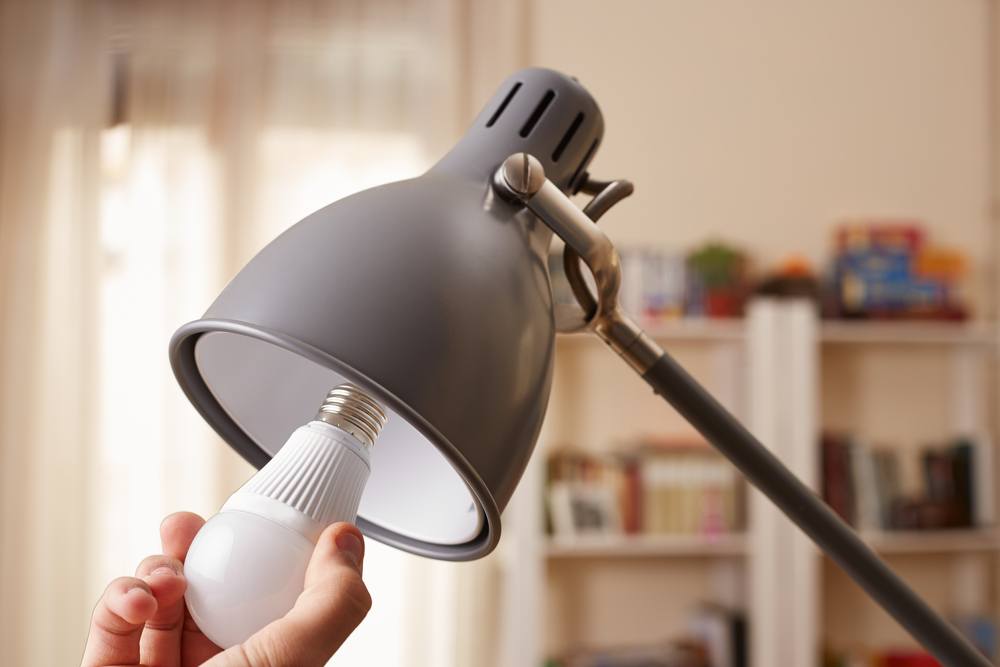How to Lower Your Electric Bill AND Your Carbon Footprint!

Each day, we contribute to the greenhouse gas emissions that cause climate change. We impact the environment just by plugging in electronic devices or running our air conditioning during a heat wave. This effect is known as our “carbon footprint.”
Do you know what impact you’re leaving on the environment? You can calculate your own carbon footprint by using an online carbon footprint calculator. This is important because awareness of our carbon footprint can lead to making better choices around our home.
The best part about making your home more energy efficient is that it not only helps lower your carbon footprint, but also your electric bill! It’s a win-win situation. If everyone did their part in making small changes to their home or daily routine, we would all see a benefit. Here are some quick tips to lower your electric bill and your carbon footprint.
Cooling Systems
Especially during hot and humid summer months, cooling systems can be a big drain on energy resources–not to mention your wallet. According to the American Council for an Energy-Efficient Economy, 17% of energy in a home is used from cooling systems. You can find simple ways to reduce your reliance on artificial cooling.
Make an effort to use your air conditioner less often. Instead, strategize opening windows and using fans to quickly cool down your home. The Simple Dollar offers tips on how to use ceiling fans to save big on energy use. Lowering your overall air conditioning usage, even by just a half hour a day, could save a lot of money over time. If you create a cross breeze using fans, it can go a long way towards cooling you off.
You can also make the times when you are using your air conditioning even more efficient. Dirty air filters create an energy problem most homeowners are not aware of. Changing the air filters in your home increases the overall airflow. You can also install a programmable thermostat. Programmable thermostats helps reduce large fluctuations in temperature, creating less work for both air conditioners and heaters.

Reduce Energy Waste
There are a lot of ways we are wasting energy in our homes. Light bulbs are needed in every room, but how much thought do you put into the type of lightbulb? Replace the traditional heat-generating bulbs in your home to CFL or LED bulbs. Most bulbs sold in the United States are rated between sixty to one hundred watts. Every LED bulb in market thus far has come in the 40-watt-equivalency range. By simply switching out the bulbs in your house, you can reduce the amount of energy used to light your home.
Energy vampires can also waste energy when you are not even home. Sometimes appliances and electronics zap up energy when they are only plugged in and not in use. Energy.gov suggests simple changes to make around your home and daily routine. Unplug devices that you don’t use such as old televisions or computers. Power strips can allow you to turn the power flow on and off. Try to use them in your outlets.
To get an even better idea of how to efficiently use energy in your home, analyze your home energy use using the Benefyd mobile app. Benefyd provides you with a guide to your home and the key areas that contribute to your energy bill. By identifying specific changes you can make to your home, you will lower your expenses and your carbon footprint.


